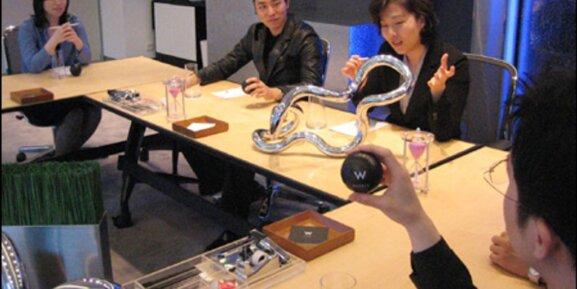Top 5 Buddhist temples worth visiting in Korea
Top 5 Buddhist temples worth visiting in Korea
Buddhism is an essential part of Korean culture. It was introduced in the 4th century and was the main religion of Unified Silla. Buddhism is also widely practiced nowadays by Koreans. Visiting the Buddhist temples is worthy because of the beautiful architecture, statues of Buddha, lanterns and lotus flowers. You can also see how a Buddhist prayer looks like. This article presents the top 5 worth visiting Buddhist temples in Korea.
-
Jogyesa (조계사)
Located in the heart of Seoul in Insa-dong, this temple is the center of Korean Buddhism. It is the head temple of the Jogye order, the representative order of traditional Korean Buddhism. It was founded in the 14th century during the Goryeo period. This temple is a mix of traditional temple and palace architecture. It also contains the famous statue of the seated Buddha. Jogyesa has a program called “Templestay” where you can experience life like Buddhist monks by yourself. The temple also organizes various events like Buddha’s birthday.
Address: 55, Ujeongguk-ro, Jongno-gu, Seoul
Directions: Jonggak Station (Subway Line 1), Exit 2.
Go 70m forward, then cross the street.
Go 100m more to arrive at a path to Jogyesa Temple
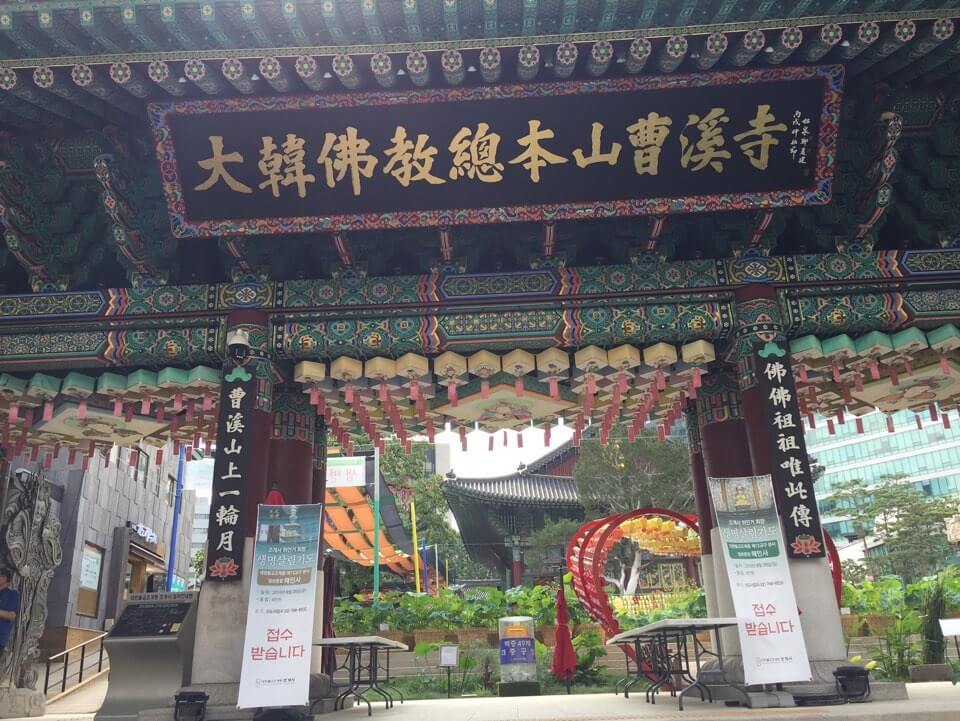

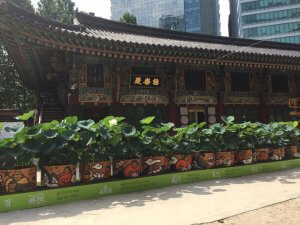
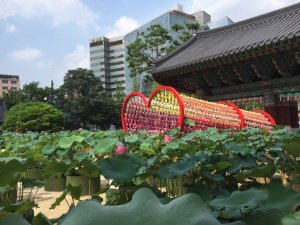
-
Bongeunsa (봉은사)
This temple is located in Gangnam-gu, the modern and rich neighbourhood in Seoul. Surrounded by the COEX Mall and skyscrapers, the temple is a unique site in Gangnam. It is also located near the tomb of King Seongjong for whom ancestral rites were performed here. Bongeunsa temple was founded in 794 in the Silla dynasty so it holds a lot of history. There are a lot of Buddha statues located there and the most impressive one reaches 23 m in height. The temple holds a Lotus Lantern Festival every May for Buddha’s birthday. It also offers a Temple Stay program to let people embrace the Buddhist culture.
Address: 531, Bongeunsa-ro, Gangnam-gu, Seoul
Directions: Bongeunsa Temple Station (Seoul Subway Line 9), Exit 1.
Walk straight for 150 m.
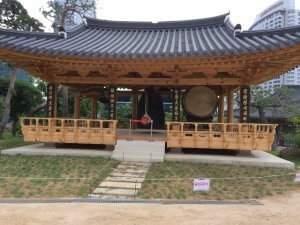
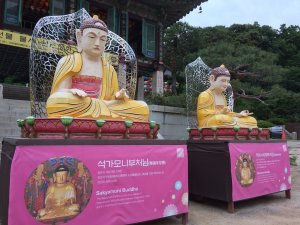
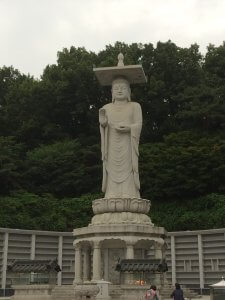
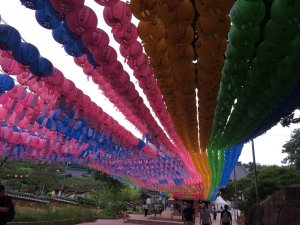
-
Bulguksa (불국사)
Located in Gyeongju, Bulguksa is the representative temple of the Silla dynasty. It was built in 528 AD. It is a site of the UNESCO World Heritage and holds many National Treasures. Its architecture is considered a masterpiece, as the temple was constructed in perfect symmetry. A significant part of temple is Seokguram Grotto, located 4 km to the east. It contains a monumental statue of the Buddha. Bulguksa Temple is definitely a must-see in Korea.
Address: 385, Bulguk-ro, Gyeongju-si, Gyeongsangbuk-do
Directions: From Gyeongju Train Station, follow Hwarang-ro Street and take Bus No. 10 or 11 (located in front of the post office).
Get off at Bulguksa Temple Bus Stop.
From Gyeongju Intercity / Express Bus Terminal, take Bus No. 10 or 11 from the bus stop located across the street from Gyeongju Express Bus Terminal.
Get off at Bulguksa Temple Bus Stop.
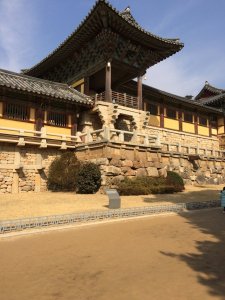
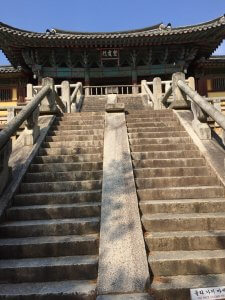
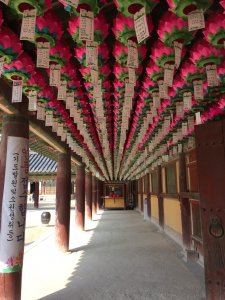
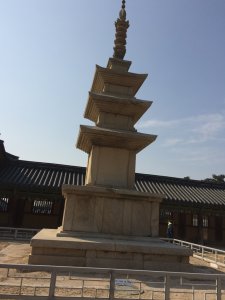
-
Haedong Yongungsa (해동용궁사)
Haedong Yongungsa is located in Busan and it is one of the few temples in Korea built by the seaside. It is considered one of the most beautiful temples. It was built in 1376. There is a legend about the founding of temple. During a drought that caused famine, people started to reject Buddhism. One day, a sea god appeared in a dream to Naong Hyegeun, a royal consultant, and he told him that if a temple was built on Bongrae Mountain and people would pray there, they would once again live happily. The tourist attractions of the temple are Buddha statues, the eight-story pagoda, 12 Animal Zodiac statues and the wishing pond, where people throw coins for their wishes. While visiting the temple, you can also contemplate the amazing ocean view.
Address: 86, Yonggung-gil, Gijang-eup, Gijang-gun, Busan
Directions: Haeundae Station (Busan Subway Line 2) by taking a bus that you can find from Exit 7. Take Bus 181 and get off at the Yonggungsa Temple (용궁사) stop.
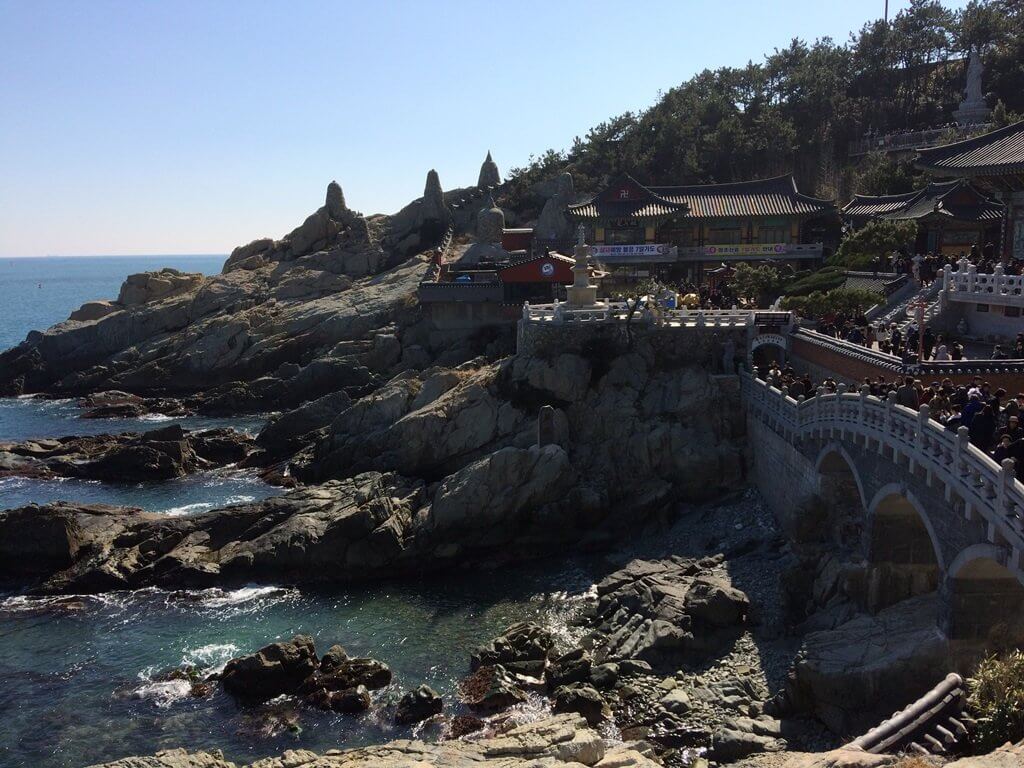
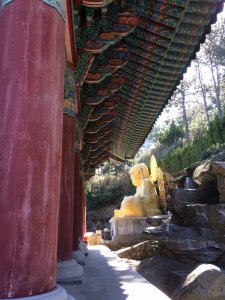
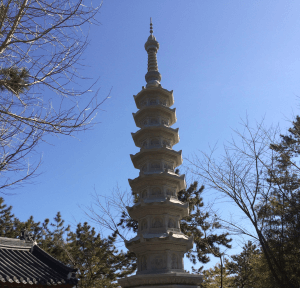
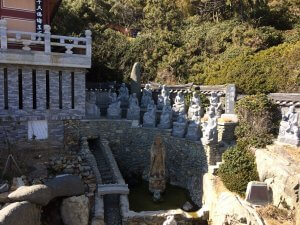
-
Yakcheonsa (약천사)
Yakcheonsa is located in Seogwipo-si on Jeju Island. It is a new temple, built in 1981, but it was constructed in the style of the early Joseon dynasty. The temple area is very wide (3,305 square meters) making it the largest temple in the East. It also contains the biggest, 5 metered statue of Vairocana Buddha and a giant, 18 tons weighing Buddhist temple bell. Yakcheonsa also contains traditional Jeju Island “Stone Grandfather (돌하르방)” statues, believed to be the guardians of the island and the symbol of fertility. The temple also provides the “Templestay” program so you can experience not only the Buddhist life but also the life on Jeju Island.
Address: 293-28, Ieodo-ro, Seogwipo-si, Jeju-do
Directions: From the Jeju International Airport (Bus Stop 1), take Bus 600.
Get off at the Yakchunsa Temple bus stop and walk 300m to the temple.
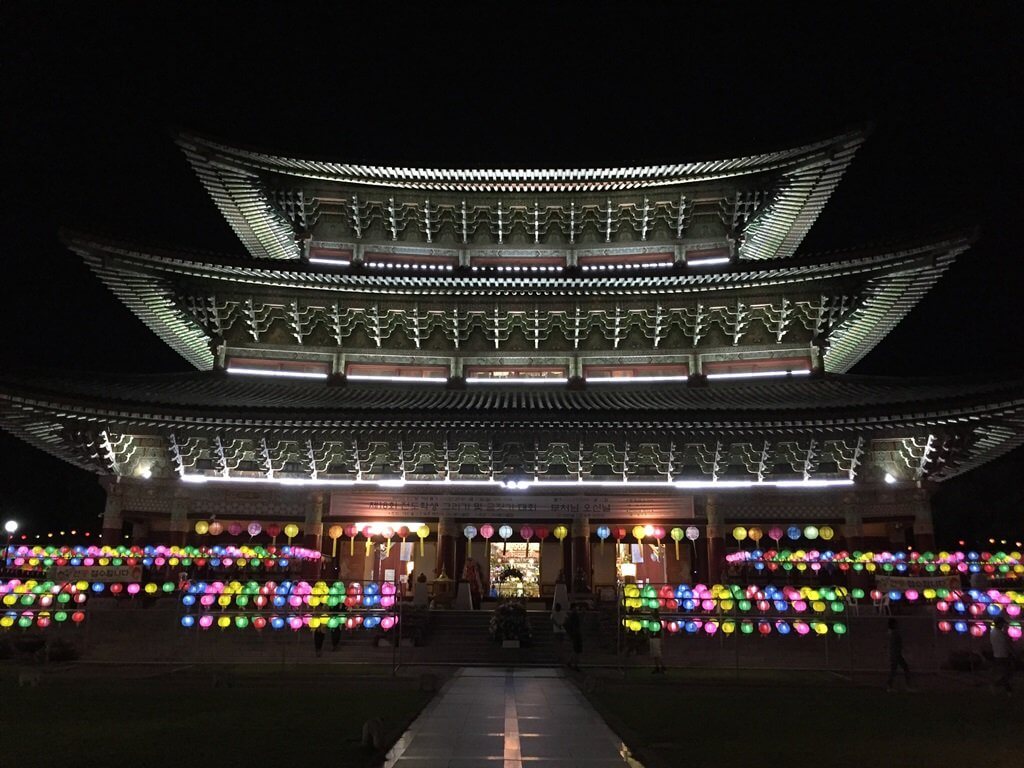
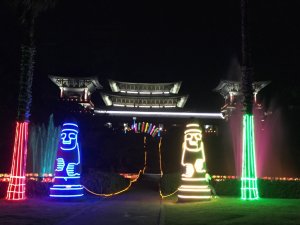
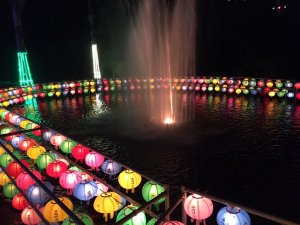
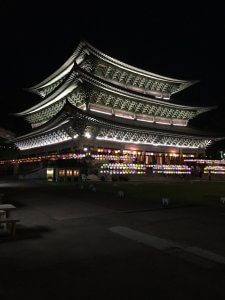
Article by Rebeka Dondo
Photos by Rebeka Dondo


